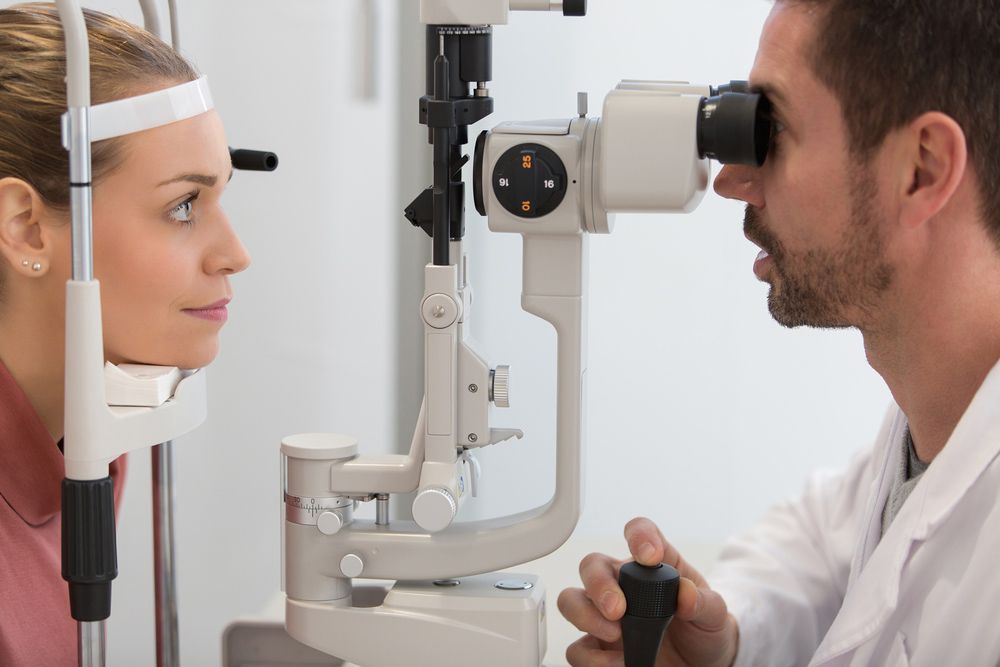How Often Do You Need Injections For Macular Degeneration?
Macular degeneration is a progressive condition that can significantly impact central vision, particularly in older adults. For individuals diagnosed with wet age-related macular degeneration (AMD), ongoing management is essential, often involving a treatment approach using intravitreal injections. However, a common concern among patients and their families is understanding how frequently these injections may be required.
This blog explores what influences injection schedules, what patients can expect during treatment, and how care is adjusted over time. Always consult a qualified ophthalmologist for tailored information.
Understanding the Difference Between Dry & Wet AMD
Macular degeneration presents in two primary forms: dry and wet. This distinction is important when discussing treatment options and the frequency of interventions.
- Dry AMD is more prevalent and typically progresses slowly. It does not usually involve injections.
- Wet AMD results from abnormal blood vessels forming under the retina, which may leak fluid and affect vision more rapidly. Treatment often involves eye injections to manage these changes.
The approach to care varies depending on the type of macular degeneration. For those managing wet AMD, treatment with anti-VEGF medication delivered via injection is a common strategy.
Initial Loading Phase of AMD Injections
When wet AMD is first diagnosed, a series of closely spaced injections is generally recommended. This is referred to as the "loading phase."
- Initial injections are typically given at four-week intervals.
- This phase often includes three injections over a three-month period.
- The purpose is to reduce retinal fluid and help stabilise vision as quickly as possible.
The loading phase allows the ophthalmologist to assess how the eye responds to treatment and to establish a baseline for future care decisions.
Maintenance Phase: Individualised Treatment Schedules
After the loading phase, the frequency of injections may shift depending on the patient’s clinical response. This is called the maintenance phase, where the goal is to maintain retinal stability and minimise fluid recurrence.
Some common maintenance approaches include:
- Fixed Interval Dosing: Ongoing injections are provided every four to eight weeks.
- Treat-and-Extend: Injections continue, but the time between them may be gradually extended if the retina remains stable.
- PRN (Pro Re Nata): Injections are given only when imaging or symptoms indicate a recurrence of fluid or bleeding.
Choosing the right schedule involves regular check-ups and imaging assessments, typically including optical coherence tomography (OCT), to monitor the retina's condition.
Factors That Influence Injection Frequency
The exact number and timing of injections vary widely from patient to patient. Several clinical and individual factors contribute to how frequently injections are required.
These may include:
- Severity of fluid accumulation or bleeding in the retina.
- Initial and ongoing response to anti-VEGF treatment.
- Presence of underlying health conditions, such as cardiovascular disease or diabetes.
- Consistency with follow-up visits, as delayed assessments may influence treatment outcomes.
Injection schedules are typically guided by clinical examination and imaging, rather than a fixed timetable. Flexibility and regular assessment help ensure that the treatment remains suitable.
What to Expect at an Injection Appointment
Eye injections may sound daunting at first, but they are a routine part of care for many patients with wet AMD. The procedure is generally brief and performed in a sterile clinical setting.
Here’s what usually occurs during an appointment:
- Anaesthetic eye drops are applied to numb the eye.
- An antiseptic solution is used to clean the surface and reduce infection risk.
- The injection is delivered into the vitreous (the gel-like substance inside the eye) using a very fine needle.
While the experience can feel unusual at first, most patients adjust quickly, and the process often takes only a few minutes.
The Importance of Ongoing Monitoring
Injection frequency is often adjusted based on ongoing monitoring, rather than set in advance. Regular follow-ups allow ophthalmologists to detect any signs of change that may warrant further treatment.
Key monitoring tools may include:
- OCT scans to detect fluid under or within the retina.
- Vision testing to assess central visual clarity.
- Clinical examinations to observe any new changes.
Monitoring intervals may vary. Some patients are reviewed monthly, while others can have reviews extended if stability is observed. It’s essential to maintain these appointments even when symptoms are stable, as changes can occur without obvious symptoms.
Lifestyle & Supportive Measures
While injections are a central part of wet AMD management, additional lifestyle adjustments may support general eye health. These steps are not substitutes for treatment but can be recommended by doctors of an overall care strategy.
Some considerations include:
- Quitting smoking is a known risk factor for AMD progression.
- Use UV-protective eyewear when outdoors.
- Maintaining cardiovascular health with balanced nutrition and exercise.
- Following a diet rich in leafy greens, fish, and other nutrients that support eye function.
Dietary supplements may also be recommended for some individuals, but their use should be discussed with a healthcare provider.
Adjusting Expectations Over Time
Injection schedules may evolve over time. For some individuals, frequent injections may be required over several years. Others, depending on their response, may transition to less frequent dosing.
- Some patients may stabilise after a period of regular treatment.
- Others may need to resume monthly injections if signs of fluid return.
- Treatment decisions are often guided by a combination of symptoms, imaging, and long-term clinical experience.
Ongoing communication with an ophthalmologist is essential to determine the best approach over time, especially as individual circumstances can change.
Collaborative Care & Guidance
Macular degeneration management often involves collaboration between patients, family members, and eye care providers. While online information can help explain general concepts, decisions about treatment frequency should always be made with the guidance of a qualified ophthalmologist.
No two cases are the same, and treatment plans are usually adjusted based on detailed clinical findings. This personalised approach can help ensure that patients receive care aligned with their specific condition and health needs.
Book Your Next Consultation with Us
At 130 Eye, we work closely with individuals undergoing macular degeneration treatment in Townsville. If you’ve been diagnosed with wet AMD or are exploring treatment options, our team is here to provide detailed assessments, discuss potential care plans, and support you throughout the process.
Get in touch via our contact page to book an appointment or speak with our team about macular degeneration treatment options. We’re here to help you navigate your care with clarity, respect, and informed support.


